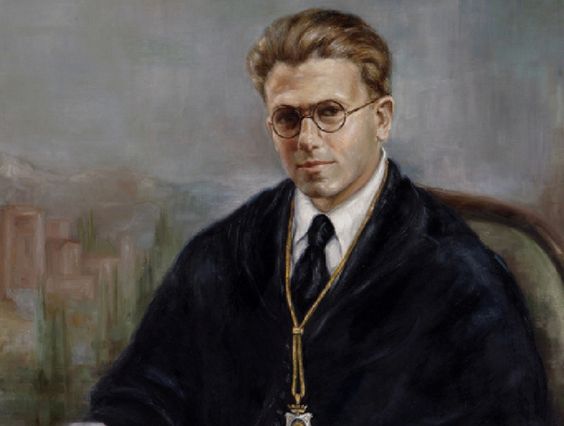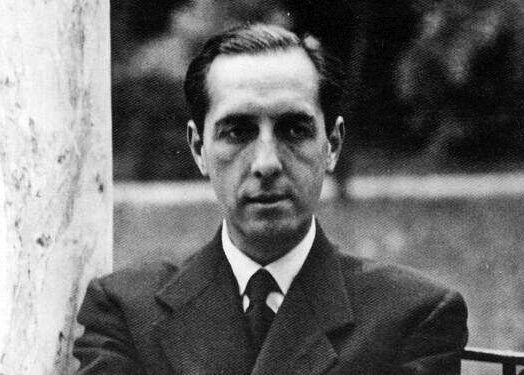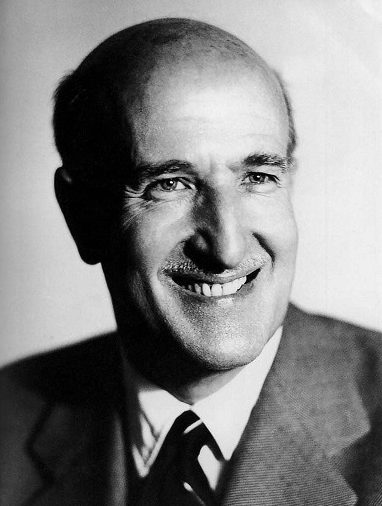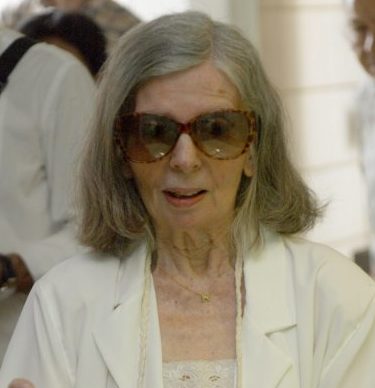Professor, Arabist, disciple of Miguel de Unamuno in Salamanca, where he simultaneously studied Law and Philosophy and Arts thanks to a scholarship; intellectual of international formation, he finished his undergraduate studies in 1924 and continued his specialization in Semitics in Madrid. He was shot on October 23, 1936 in Víznar, in the same place as García Lorca.
In April 1936, he was elected provisional dean of the University of Granada. At the end of the course, the young dean, 34 years old, his wife and son went on vacation to Salamanca where they were surprised on July 18 by the Civil War, which meant his immediate dismissal by order of the rebels and his replacement by Antonio Marin Ocete.
While continuing his education, Vila strengthens his political commitment against the dictatorship of Primo de Rivera. At the end of 1926, he is deported to the Chafarinas Islands after a loud protest against a member of a court in Salamanca who had granted the Chair of Greek to Miguel de Unamuno, taking advantage of the fact that the thinker was living deported in Fuerteventura for his criticism against the political framework that supported the dictatorship. He furthered his studies in Berlin where he met his future wife, Gerda Leimdörfer, a Jewish woman daughter of the editor-in-chief of a Berlin newspaper. Back in Spain he works as a literature teacher in Baeza.
In 1930, he was appointed professor of Arab Culture and Muslim Institutions at the University of Granada, where he joined the intellectual circles in which he met, among others, Federico García Lorca, Manuel de Falla and Emilio García Gómez. In 1934, he added to his responsibilities the post of professor at the School of Arabic Studies at the University of Granada, of which he was appointed director a year later.
In April 1936, he was elected provisional dean of the University of Granada. At the end of the academic year, the young dean, aged 34, his wife and son went on vacation to Salamanca where they were surprised on July 18 by the Civil War, which meant his immediate dismissal by order of the rebels and his replacement by Antonio Marín Ocete. In October he was arrested in Salamanca and transferred to Granada. On October 23, in the company of 28 other people, he was shot in Víznar, in the place where García Lorca had lost his life in mid-August. His body was thrown into a mass grave.
Manuel de Falla tried to save the couple, as he did with other detainees or reprisals during the first postwar period, but he could only intercede for his wife, Gerda Leimdörfer, who avoided death in exchange for converting to Catholicism.
On December 29, the University holds the first governing board after the military coup. In the minutes there is not a single reference to the dean who was assassinated and replaced by Marín Ocete. The Franco regime tried to erase Vila’s name from the University of Granada. The dean’s portrait was not hung in the dean’s hall until well into democracy. On October 23, 2018 the University of Granada, Pilar Aranda Ramírez, the dean at the time, placed a plaque in his memory and that of other members of the university community who had been shot and retaliated, next to the graves of the Barranco de Víznar.



